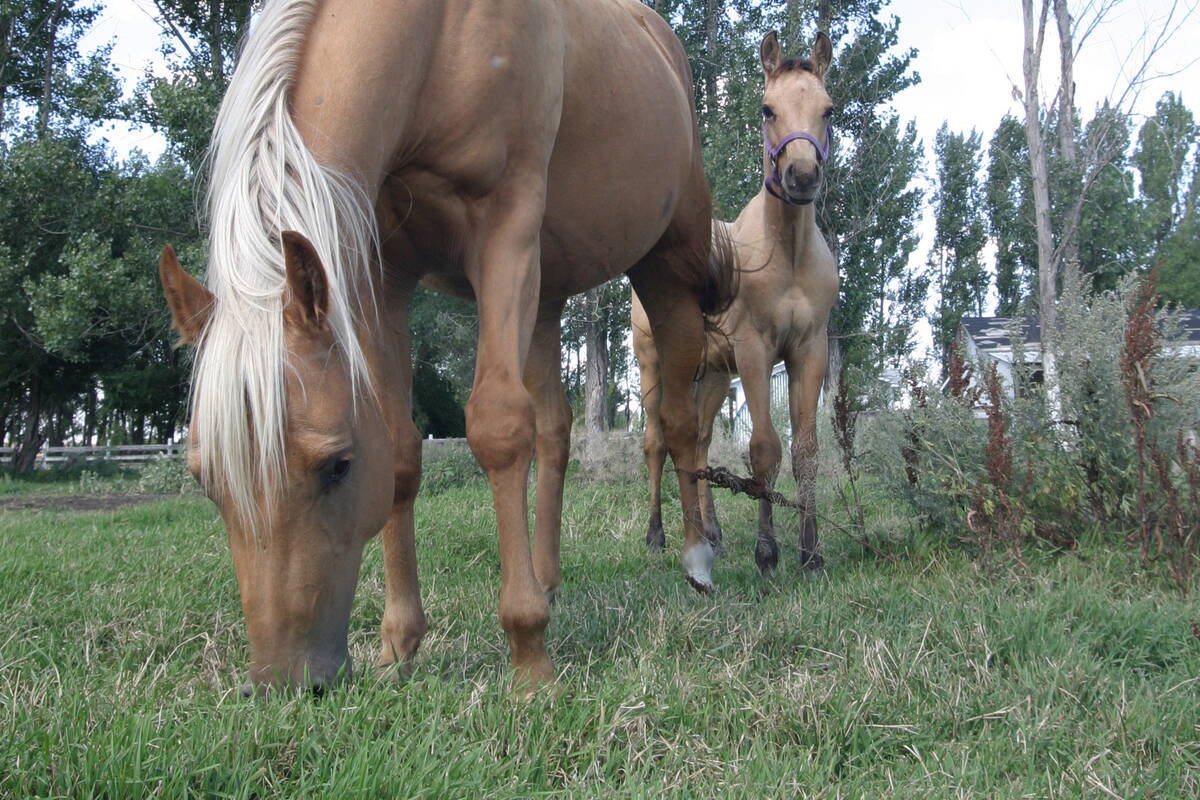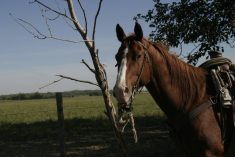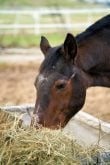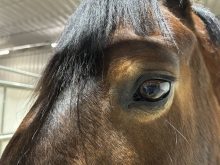Glacier FarmMedia – Stallions play an integral role in equestrian pursuits as they impact both performance and reproductive success. But stallion welfare is often marginalized due to historical practices, misconceptions or business considerations.
Stallions often receive excellent physical care, but their basic psychological needs for social interaction and movement are frequently disregarded in favour of breeding priorities and financial factors, leading to conditions like confinement and isolation.
Elite stallions may have luxurious management routines, but these programs – including metred exercise routines, daily grooming and attentive care from farriers, veterinarians, nutritionists, bodywork therapists and dentists – may not necessarily align with natural horse health and behavior.
Read Also

Ignoring growth plates sabotages young horse development
Young horse training plans and workloads must match their skeletal development. Failing to plan around growth plates can create lifelong physical problems.
Shifting attitudes, more education and improved understanding of stallions’ holistic needs are essential for enhancing their wellbeing and benefitting the broader equine community.
- MORE ‘Horse Health’ with Carol Shwetz: CPL. a big health issue for big horses
Attitudes around stallions often bias them as difficult to handle or aggressive. Those perceptions may impact their care and lead to neglect of the connection between housing and behaviour issues. Cultural norms and concerns about the risk of injury to the horse or the handler contribute to cautious and restrictive management.
Unfortunately, research regarding stallion welfare and an understanding of their specific needs has been limited by their small population.
Stallions have the same basic equine needs as other horses. In their natural habitat, stallions are social animals, belonging to wider groups with mares or as part of a bachelor herd with minimal isolation. Domestic confinement and partitioning often results in frustration, aggression and other stereotypical behaviours.
Stallions possess heightened awareness, intelligence, and a strong drive for social engagement. This is pivotal for their mental and emotional wellbeing and shapes their behaviour toward human handlers and fellow equines.
When stallions exhibit intense emotions and behavioural issues escalate, the handler’s response often involves restrictive measures rather than addressing underlying causes. Handlers may incorrectly attribute blame to the horses, and thus perpetuate a slanted belief that categorizes stallions as naturally high strung and hazardous.
Proper socialization and handling practices during their formative years can go a long way in avoiding those issues. They prepare the maturing horse to behave appropriately under various circumstances.
Early socialization under the nurturing guidance of a dam (which should stretch for six to eight months) instills social etiquette in the young colt and shapes it into a strong and resilient horse with amicable character.
Proper herd interactions during formative years also tutors future breeding stallions on suitable social behaviour before the introduction of prospective mares. Teaching solid ground manners through proper handling techniques will further give the young horse a fundamental grasp of expectations in various situations.
Human interference with a young stallion’s natural mating interactions during its initial breeding experiences can also hinder learning, particularly regarding proper breeding etiquette. The young stallion must learn to interpret the mare’s cues and communicate respectfully.
One sensible strategy is to allow those young stallions to spend a season with older broodmares. These older mares can impart social rules on the younger males, as well as the advantages of herd membership.
These valuable lessons contribute to success and tractability when the stallion returns to the breeding shed; lessons that cannot be replicated by humans.
Looking past breeding season
Addressing the social needs of mature stallions beyond the breeding season requires creation of opportunities for interaction with other horses. Whether they are partnered with a single broodmare, a companion gelding and/or pony, or integrated into a bachelor herd, these arrangements provide the stallion with valuable companionship.
Handlers play a valuable role in recognizing and respecting the stallion’s affinities and preferences when setting up these social opportunities.
Regardless of age, breed or gender, all horses need companionship and space for free movement. Enriching a stallion’s overall quality of life generally also results in positive changes to behaviour.
















